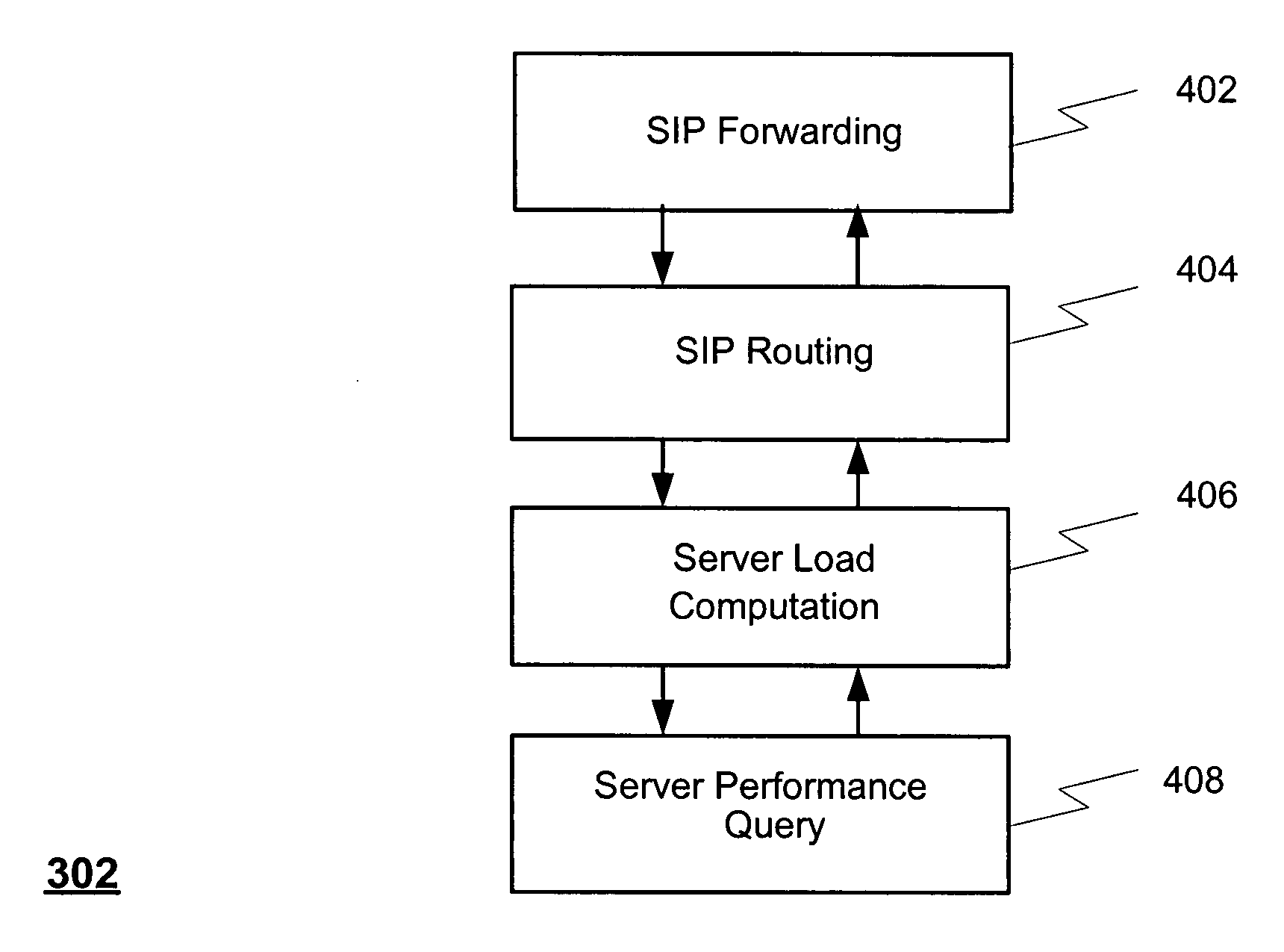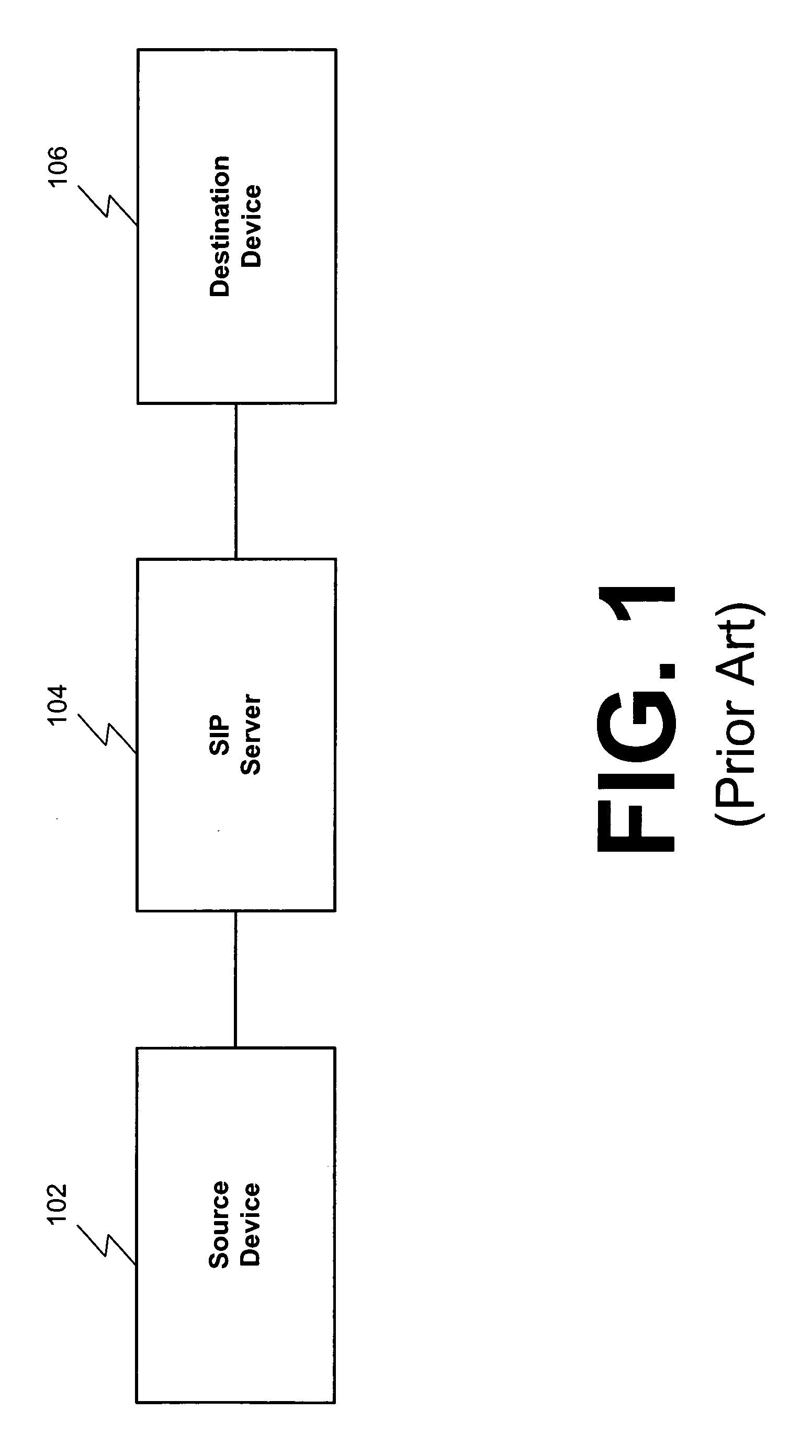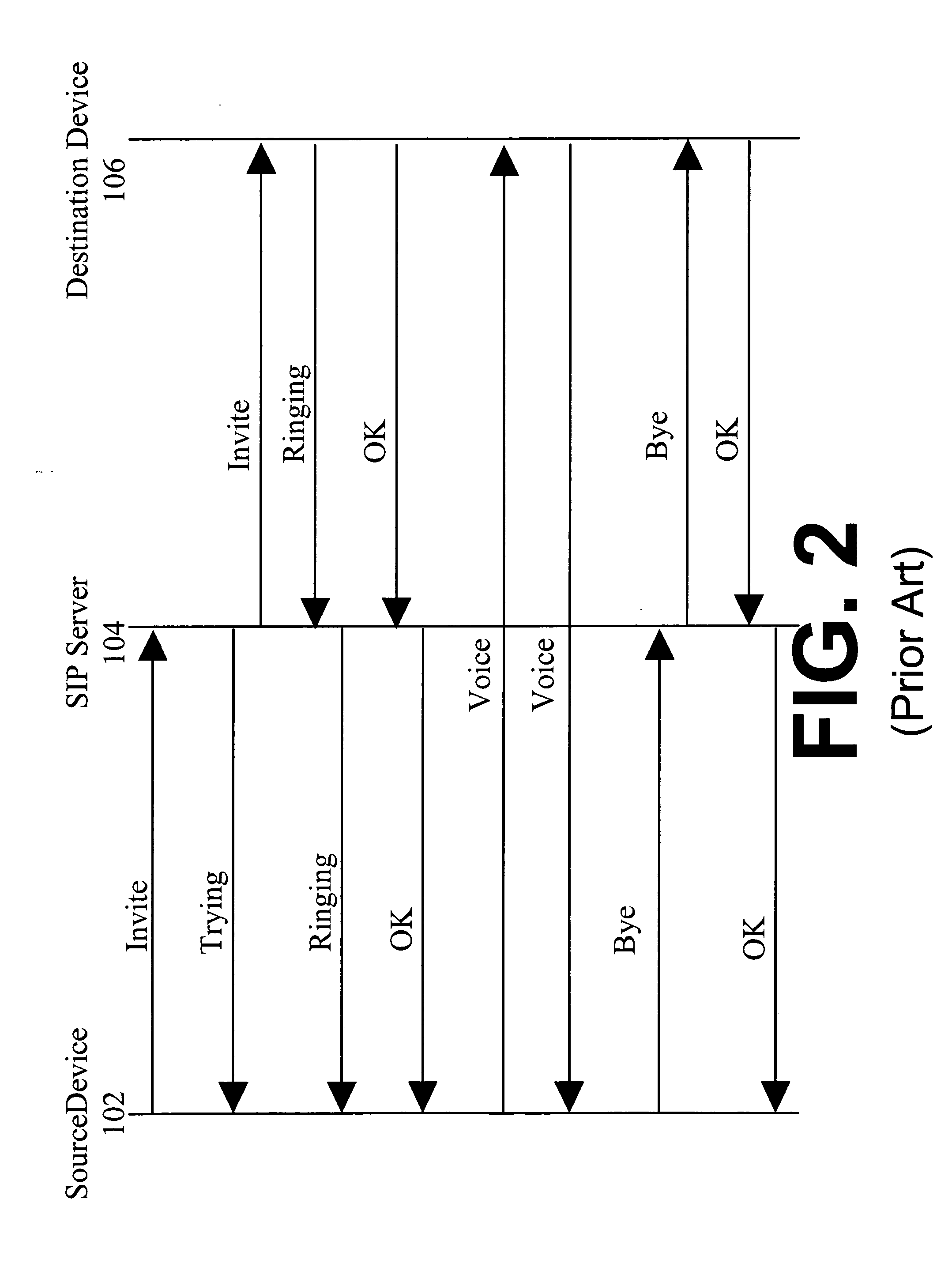System and method for load balancing a communications network
a communication network and load balancing technology, applied in the field of communication, can solve the problems of inability to establish, modify, or terminate at least some sip sessions of known systems, and achieve the effects of reducing signaling latency, improving overall communication speed, and improving system uptim
- Summary
- Abstract
- Description
- Claims
- Application Information
AI Technical Summary
Benefits of technology
Problems solved by technology
Method used
Image
Examples
Embodiment Construction
[0028] This section provides a top-level functional architecture, exemplary selection, routing and forwarding processes, a process for calculating a performance score, a process for collecting performance data, and a summary of empirical analysis. Sub-headings are used below for organizational convenience. The disclosure of any particular feature is not necessarily limited to any particular section, however.
Top Level Functional Architecture
[0029]FIG. 3 is a block diagram of a functional architecture of a communications network, according to an embodiment of the invention. As shown in FIG. 4, a functional architecture includes source device 102, load balancer 302, performance server 304, SIP servers 306A, 306B, 306C, and 306D, a network 308, and a destination device 106. The load balancer 302 is coupled to the source device 102, the performance server 304, and each of the SIP servers 306A, 306B, 306C, and 306D. The performance server 405 is also coupled to each of the SIP servers ...
PUM
 Login to View More
Login to View More Abstract
Description
Claims
Application Information
 Login to View More
Login to View More - R&D
- Intellectual Property
- Life Sciences
- Materials
- Tech Scout
- Unparalleled Data Quality
- Higher Quality Content
- 60% Fewer Hallucinations
Browse by: Latest US Patents, China's latest patents, Technical Efficacy Thesaurus, Application Domain, Technology Topic, Popular Technical Reports.
© 2025 PatSnap. All rights reserved.Legal|Privacy policy|Modern Slavery Act Transparency Statement|Sitemap|About US| Contact US: help@patsnap.com



